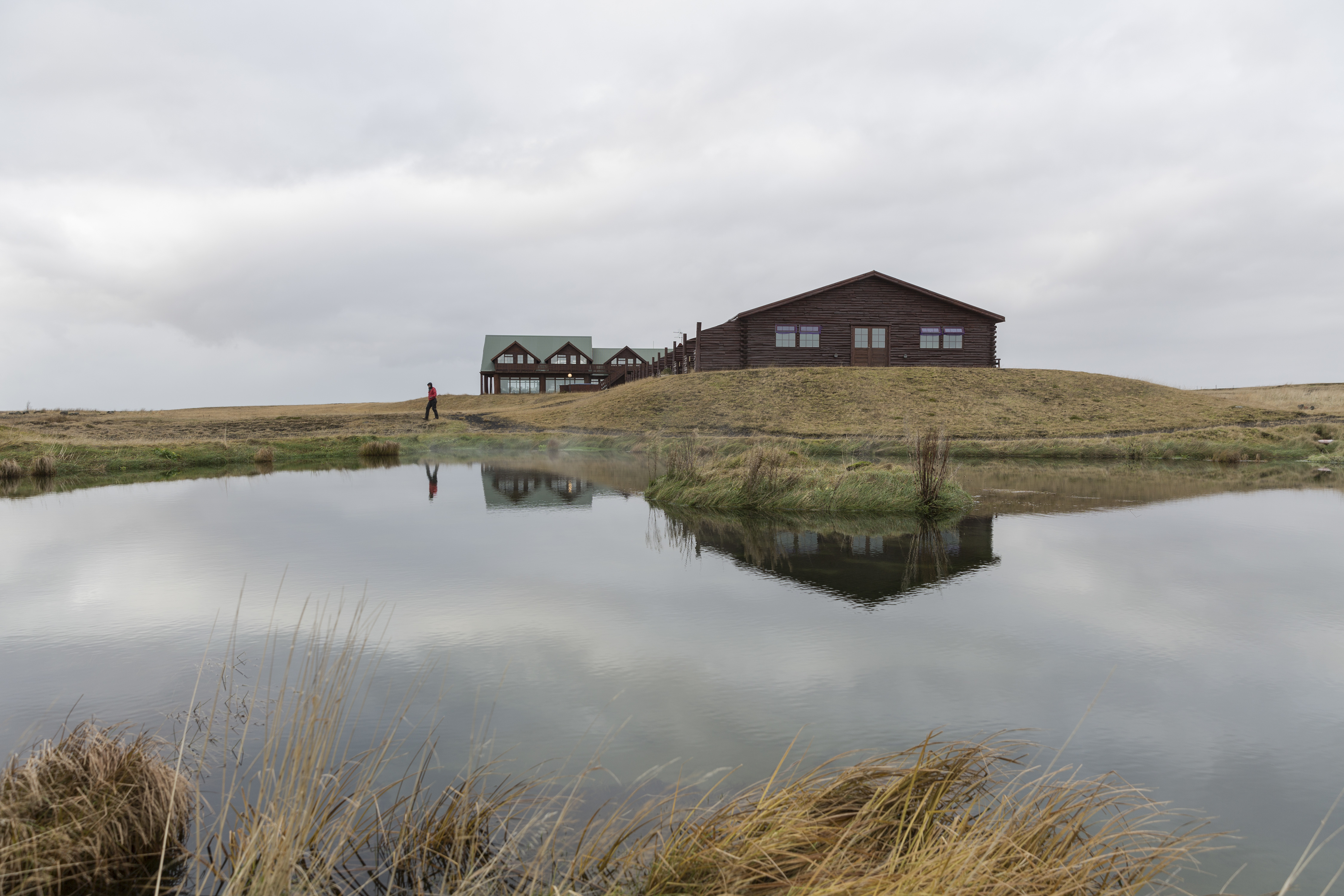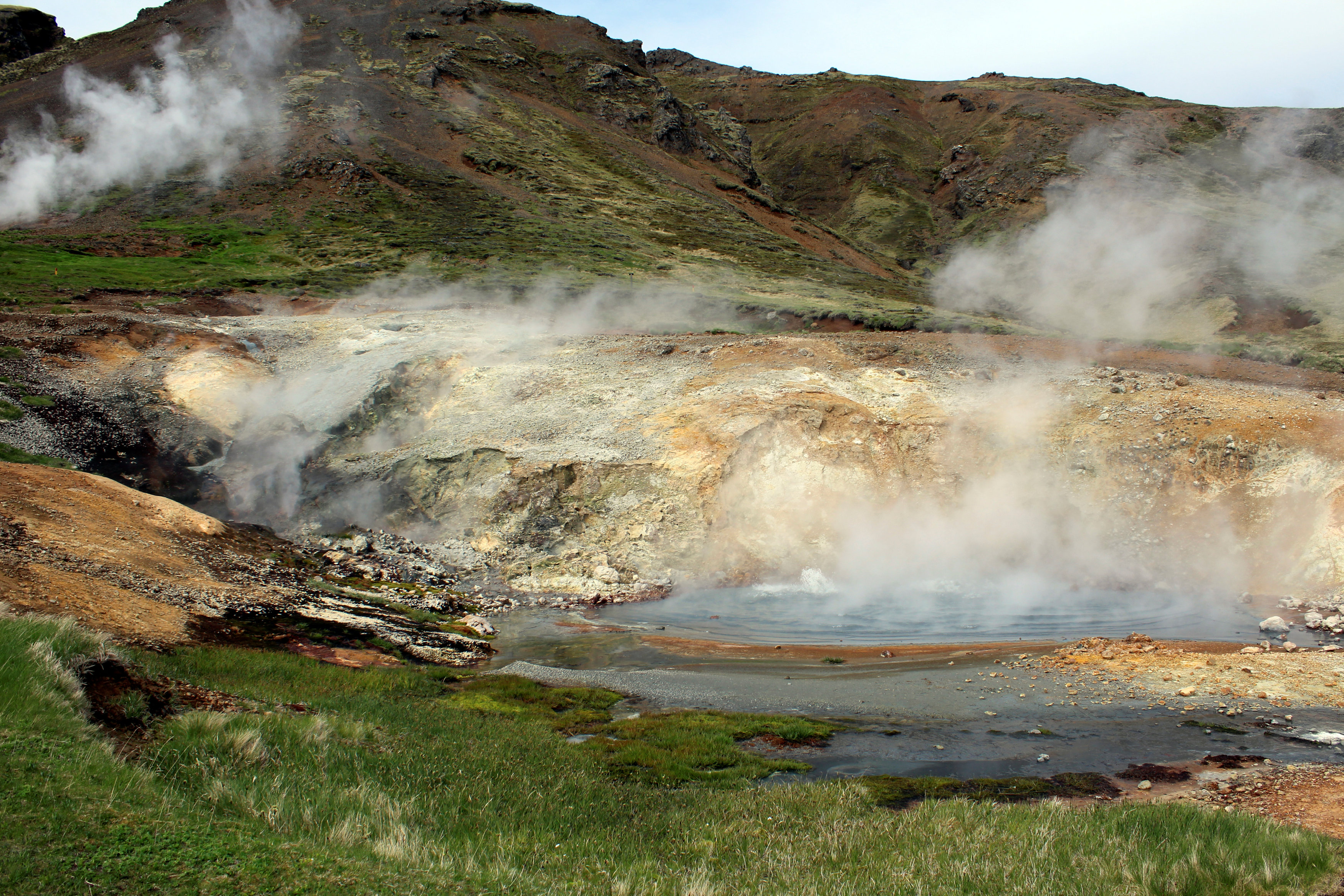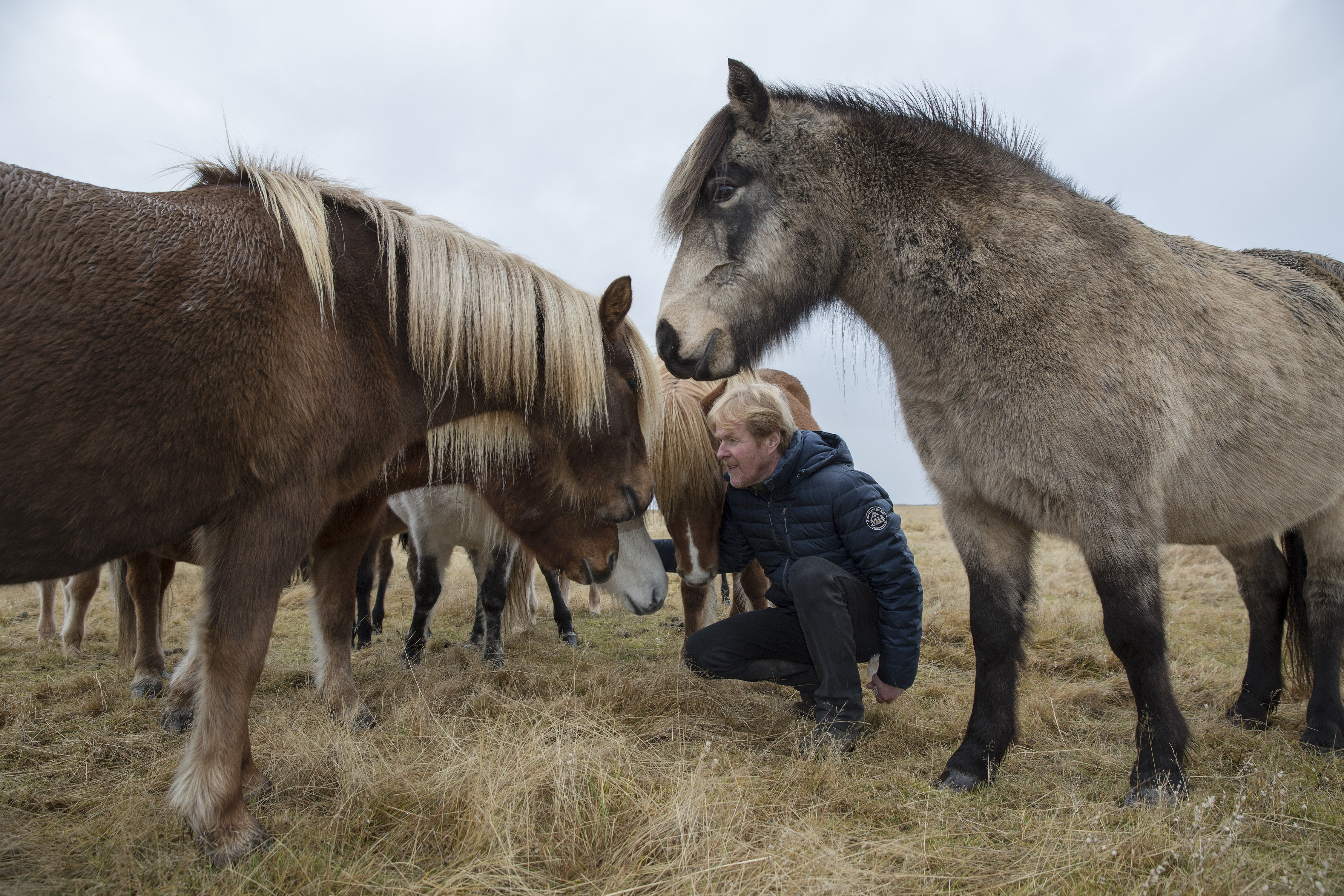The secret to Iceland’s tourism boom? A financial crash and a volcanic eruption
REYKJAVIK, Iceland — Iceland has discovered the secret to a booming tourist industry: First have a mammoth financial implosion, then an enormous volcanic explosion.
The collapse of the Icelandic krona after the 2008 financial crisis transformed this Arctic island packed with 35 active volcanoes into a top destination by making it cheap for visitors.
Two years later, Eyjafjallajokull erupted, spewing thick ash clouds into European skies. Millions of passengers were grounded for days and airlines suffered financial losses. But the explosion put Iceland on the map. The foreign news media descended on the island, beaming images around the world of spectacular landscapes, even as journalists struggled to pronounce the volcano’s name.

“Iceland has been saved by the crash and the eruption,” said Fridrik Palsson, who owns Hotel Ranga, a luxury resort just 19 miles from the slopes of Eyjafjallajokull, the 16-letter volcano that is often shortened to E-16 by foreigners. “I have never seen anything take off so fast,” he said.
The combined effect of the catastrophes has been an invasion on a scale possibly unseen since Vikings raided the island hundreds of years ago. Tourists are expected to outnumber the local population of 330,000 by seven to one next year, according to official data. By comparison, last year visitors to France outnumbered the French by two to one
[For Iceland, rapid growth in tourism proves a mixed bag]
Tourism is now the island’s biggest industry, taking over from fishing and aluminum smelting, much as the financial sector did in the years before the crash.
The influx could be even higher following the rise of the Pirate Party. With its black pirate flag and anarchist leanings, it recently gained more seats in parliament and even more attention, helping to burnish Iceland’s image as cool and alternative.
[Iceland’s Prime Minister Resigns, After Pirate Party Makes Strong Gains]
The number of tourists has risen by as much as 30 percent every year for the last four years, according to Iceland’s Tourist Board. They brought in revenues of $3.2 billion in 2015, a third of the country’s export earnings. Tourism is the single biggest employer, and many Icelanders are pouring money into services and new construction.
Palsson, who used to sell Iceland as a place to see the northern lights, employs an astronomer in his hotel. He has also invested in three expensive telescopes that are powerful enough for guests to see the rings on Saturn or the fuzzy glow of a distant dying star.
Landsbref, a fund management company that was spun off from one of three failed Icelandic banks, set up a $37 million tourism fund.
Reykjavik looks like a Scandinavian version of Singapore: compact, clean, orderly and rich. Streets are lined with Crayola-color houses and Mercedes cars. Chic coffeehouses sell kale-and-date sandwiches, and play Ethiopian jazz. Restaurants offer inventive Nordic cuisine using local ingredients like puffin and shark. (One chef also proudly announced that Iceland now grows cucumbers, albeit in a greenhouse.)
The 101, a boutique hotel that was once an exclusive hangout for bankers (101 is also the city’s richest postal code), is now filled with tourists. In a possible dig at the hotel’s former denizens, a sculpture of what looked like a gray-suited banker hung on one wall, with a cryptic instruction, “Disconnect the battery, remove the rear hood and hinge brackets,” inscribed beneath it.
Tourists come from as far as Hong Kong. They chase the northern lights. They scale glaciers. They dive in the Arctic Circle with puffins, go horseback riding or take helicopter tours listening to ethereal, whale-like sounds by the Icelandic band Sigur Ros. Fans of “Game of Thrones” flock to filming locations around the island, some, apparently, genuinely in search of Wildlings.
Outside the capital, thick white plumes of steam, which are harnessed for Iceland’s energy needs, rise in the sky, as if the earth were vaping. Hot springs are everywhere, even in people’s backyards.

But there is growing concern that uncontrolled tourism is placing too large a burden on this small island. Housing prices and rents are rising quickly, forcing young people to live with their parents. Car rentals have tripled, clogging traffic. Littering and light pollution are spoiling parts of the landscape, many Icelanders say.
“It’s like the city is not my city anymore,” Birgitta Jonsdottir, the leader of the Pirate Party, complained last month. “It’s like Disneyland downtown.”
A poll in October conducted by the national broadcaster RUV reported that 87 percent of Icelanders want the government to raise fees or taxes on tourists.
[Iceland’s tourism boom fuels recovery, lays bare locals’ plight]
The tourist boom is making some Icelanders uneasy. Another crash like the one that hit the banks is just a matter of time, and many said they are saving money or investing in hard assets.
Pessimists say all it takes to prick the tourism bubble is a sudden drop in visitors, triggered by something like a financial crisis overseas or the adverse effects of Britain’s exit from the European Union.
“It’s happening all over again,” said Kristjan Asjaersson, 51, a cabdriver. During Iceland’s short-lived heyday, he recalled having to crisscross the island just to deliver fish caught by Icelandic billionaires — they had forgotten to pack their catch before flying off in their private jets.
“Too many people rely on tourism,” he said. “When tourist numbers fall, the economy will collapse again. I know it will happen. But I will be prepared.”
Diddi Bardarson, a tall man with russet locks that reveal his Viking roots, also predicted another crash. Instead of relying so heavily on tourism, he is putting his financial security into a living asset: Iceland’s famous horses.
Bardarson breeds hundreds of Icelandic horses on a 900-acre ranch in Hella, a small town 55 miles southeast of Reykjavik that straddles the salmon-rich Ranga River. Iceland exports nearly 4,000 horses a year, many of them to the United States and Canada. A fine stallion can fetch more than $2 million.

“Horses are deep in our soul,” Bardarson said, feeding a 21-year-old black stallion named Markus, eyes hidden under luxuriously thick bangs, who has sired more than 150 horses. “Horses were, and still are, our lifeline.”
Bardarson has also benefited from the tourism boom. Demand for his horses has grown sevenfold over the past few years, he said, partly because some rich tourists become so enamored of the animals that they just have to have one or two.
Icelandic horses are purebred; because of contamination fears, once a horse leaves the island it is prohibited from returning. Unlike other breeds, Icelandic horses have five gaits and can travel up to 74 miles a day on rough terrain, breeders say.
Most important, Bardarson said, the hardy animals are reliable currency during times of financial instability. When the krona’s value evaporated during the crash, they came to his rescue — he bartered horses for cars and tractors.
Bardarson said he and his horses were preparing for leaner times. “Horses start slowing down their heartbeat. They try to get fatter and grow a thicker coat for the coming hard winter,” he said. “So should humans.”